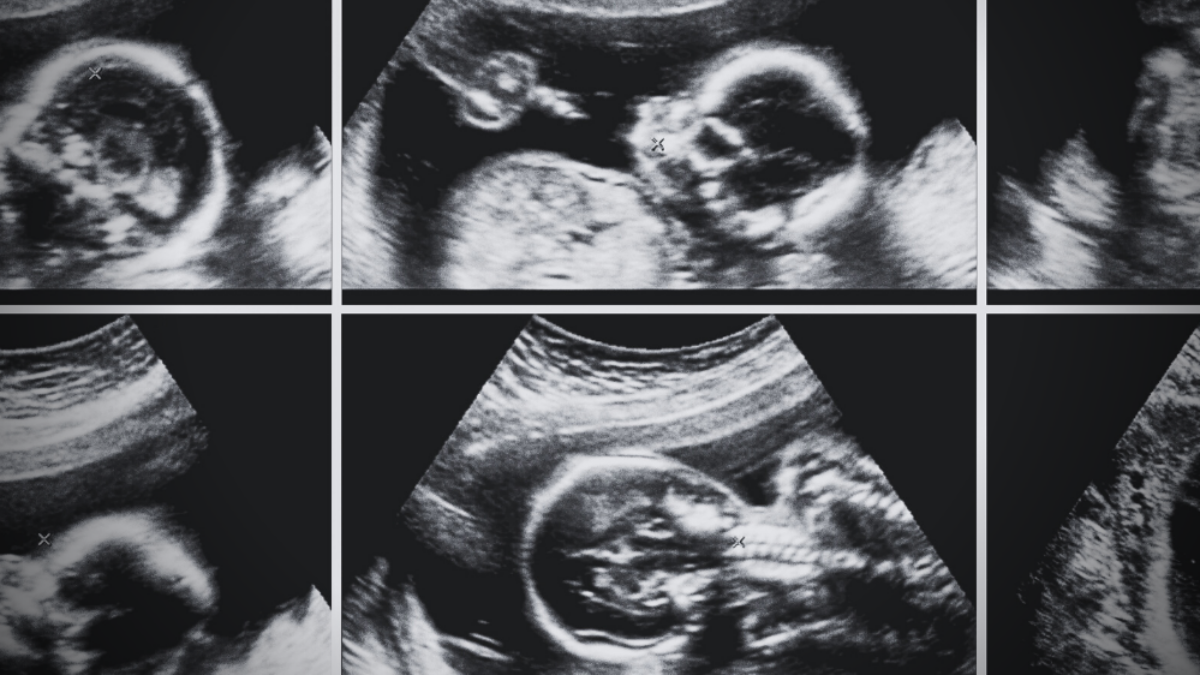The political establishment’s class blindspot is on full display in conversations about abortion, and the discourse on Justice Samuel Alito’s leaked draft opinion in the Dobbs case is no exception to this rule. Support for abortion increases with income and education levels. Pollsters use many questions to gauge public opinion on abortion—from support for Roe to support by trimester to general morality—but wealthier Americans tend to be more supportive across the board.
The left is correct that wealthy women in a post-Roe world will be able to get abortions with greater ease than women in lower income brackets: they can afford travel, childcare, and time away from work more easily. But as a demographic, they’re also more supportive of abortion, so the argument that overturning Roe is an attack on the working class is not sound.
It’s true, as The New York Times wrote in 2019, that “[w]omen getting abortions today are far more likely to be poor than those who had the procedure done 20 years ago.” The Times also notes, “About half of women who had an abortion in 2014 were below the poverty line, with another quarter very close to poverty.”
But Gallup data from 2021 found that respondents asked whether abortion was “morally wrong,” “morally acceptable,” or “depend[ent] on the situation” were more supportive as yearly household income increased. This tracks with education level as well, as you can see in the screenshot below.
Above the $100,000 income threshold, 63 percent of people said abortion was morally acceptable and 32 percent said morally wrong. Below the $40,000 threshold, those numbers were almost reversed. Only 38 percent of respondents said it was morally acceptable while 55 percent said it was morally wrong. This pattern is consistent among Gallup’s recent research on the question.
On Roe in particular, data like this 2020 survey from The New York Times show a similar pattern on education level. While respondents of every education level support Roe in much higher numbers than they oppose it, support decreased alongside educational attainment while opposition increased.
The abortion rate has declined since the Supreme Court decided Roe in 1973. Some observers attribute this to heightened advancements in and availabilities of contraception, red-state laws intended to prevent abortion, and the decline in premarital sex among teenagers. Evidence suggests the share of low-income women obtaining abortions is rising as this rate declines.
“It’s people who don’t have access to health care, access to contraception, who, when facing an unintended pregnancy, don’t have the resources to have another child,” a researcher at the pro-abortion Guttmacher Institute told the New York Times.
Since Roe, abortion access has fueled the decline in social capital among working-class Americans. Janet Yellen, of all people, co-authored a paper for Brookings back in 1996 that made this point about the connection between abortion and out-of-wedlock births:
In the late 1960s and very early 1970s (well before Roe v. Wade in January 1973) many major states, including New York and California, liberalized their abortion laws. At about the same time it became easier for unmarried people to get contraceptives. In July 1970 the Massachusetts law prohibiting the distribution of contraceptives to unmarried people was declared unconstitutional. We have found that this sudden increase in the availability of both abortion and contraception we call it a reproductive technology shock–is deeply implicated in the increase in out-of-wedlock births. Although many observers expected liberalized abortion and contraception to lead to fewer out-of-wedlock births, the opposite happened–because of the erosion in the custom of shotgun marriages.
When America normalized abortion, the theory goes, it normalized different child-rearing arrangements as well. The Yellen paper continued:
Women who were willing to get an abortion or who reliably used contraception no longer found it necessary to condition sexual relations on a promise of marriage in the event of pregnancy. But women who wanted children, who objected to abortion for moral or religious reasons, or who were unreliable in their use of contraception found themselves pressured to participate in premarital sexual relations without being able to exact a promise of marriage in case of pregnancy. These women feared, correctly, that if they refused sexual relations, they risked losing their partners. Sexual activity without commitment was increasingly expected in premarital relationships.
Couples engaging in premarital sex when abortion is readily available are more cavalier about its ability to generate life. If more women are having more premarital sex, more babies will be created out of wedlock. Some of them will be killed in the womb. Some of them will be born to single mothers, and single motherhood will increase. This is a tangled web of variables, to be sure, but the broader point is that normalized abortion upended sexual dynamics in America— and in ways that rippled across society with unexpected effects, especially for less affluent Americans.
Recall what Betty Friedan herself wondered on the 20th anniversary of “The Feminine Mystique” in a rambling New York Times essay on the class dynamics at stake. “Will the married be the new elite and those living alone the underclass?” she wrote, after noting the recent “100 percent increase in single-parent households, nine out of 10 of which are headed by women.”
“I’m worried now about the new polarizations hinted at by recent polls, cutting across the gender gap, as sharp differences emerge between the married and the unmarried, those with children and with none, the young and the old, the ones with jobs and the unemployed,” Friedan wrote.
When the political class carries on as though support for Roe translates into broad public support for abortion, their class blindspot is showing. The same is true when they characterize the pro-life position—that abortion is immoral—as extremism. That’s simply not the case and Americans outside elite bubbles know it. As they continue forcing their norms on the public, working-class women and children are disproportionately suffering the trauma of abortion.









